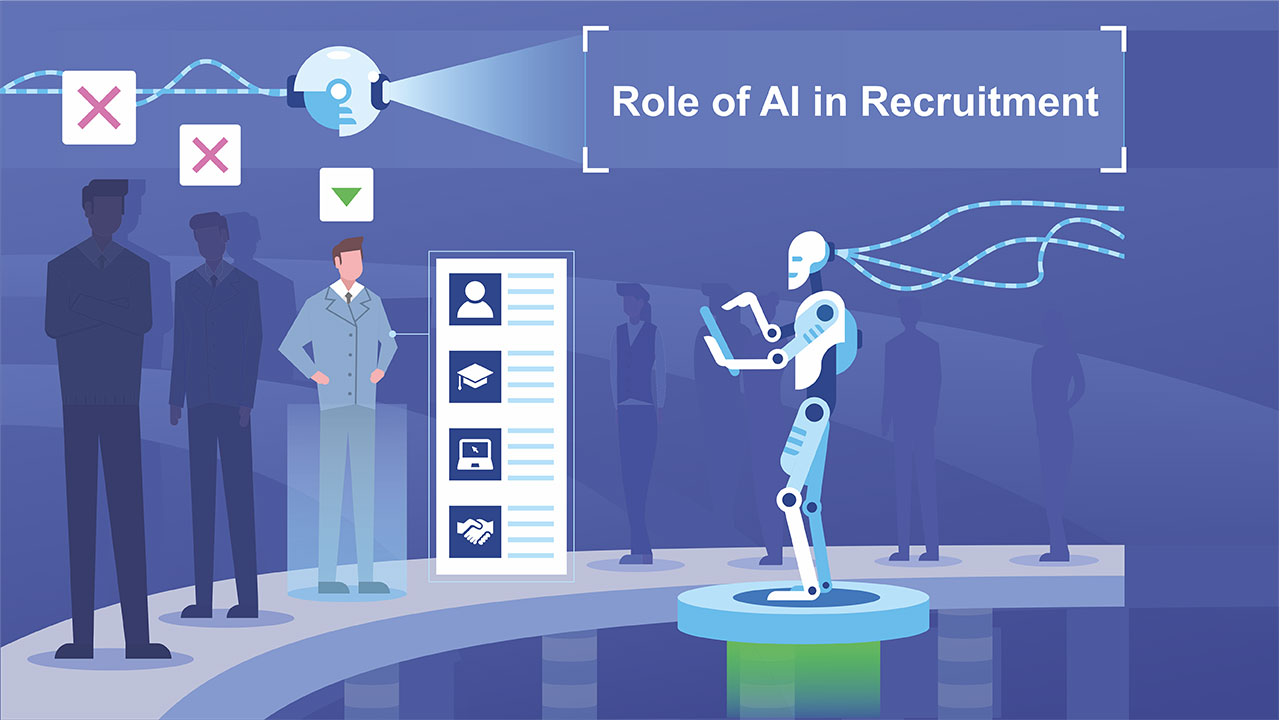AI is here and it’s here to stay. The US is leading the way in its utilization with talent acquisition (TA) within the USA, the making good use of its use of AI to bolster Diversity, Equity, and Inclusion (DEI) hiring efforts. It is not just innovative but increasingly becoming a cornerstone strategy. TA teams are leveraging AI’s prowess to transcend traditional hiring biases, thereby fostering a more inclusive recruitment landscape. Let’s dive into the mechanics of this transformation.
Firstly, AI’s role in enhancing job descriptions and advertisements has been pivotal. By employing AI, TA teams can create dynamic, inclusive job descriptions that resonate with a diverse candidate pool. This not only widens the applicant net but also ensures that the language used does not inadvertently deter potential candidates from underrepresented groups.
AI-driven tools actively source candidates from a wider range of places. These tools expand beyond conventional networks to find talent in overlooked areas, boosting diversity in the candidate pipeline. This approach not only enriches the talent pool but also challenges the status quo of candidate sourcing.
Moreover, the implementation of AI in the screening process is revolutionizing the way TA teams approach DEI hiring. By leveraging AI, TA teams can ensure that the initial screening is based on skills and competencies, rather than unconscious biases that might creep in with manual screening. This objectivity in the screening process is a significant stride towards equitable hiring practices.
However, it’s not all a bed of roses. The integration of AI in TA processes does come with its set of challenges, particularly around ensuring that the AI itself is free from biases. This necessitates a continuous effort in auditing and refining AI tools to uphold the principles of DEI.
The journey towards TA teams leveraging AI in DEI efforts is as much about navigating these challenges as it is about harnessing the potential of technology.
AI is inherently making DEI efforts more exclusive rather than inclusive is a bit of a red herring
Some are saying that the use of AI is actually hindering DEI and is making the process more “exclusive” and less inclusive by removing biases…
While that is a compelling point, there’s no denying that the conversation around AI and DEI is fraught with complexity. The crux of the matter is not whether AI is being used, but how it’s being implemented. It’s a tool, and like any tool, its impact is dictated by the hands that wield it.
Let’s be clear: AI isn’t inherently making DEI efforts more exclusive. The real issue is in the programming and data sets. If input is biased, output will be too. The problem lies with the human elements behind AI, not AI itself. AI can be a powerful ally in DEI, analyzing vast data to spot and reduce biases. But this only works if AI is unbiased.
Efforts to audit and refine AI tools are crucial for DEI. New York City’s law requires annual AI bias audits, showing the importance of oversight.
Challenges exist, and AI could unintentionally perpetuate biases. Continuous improvement and a clear understanding of AI’s role in DEI are essential.
For more insights, check out our latest features.





